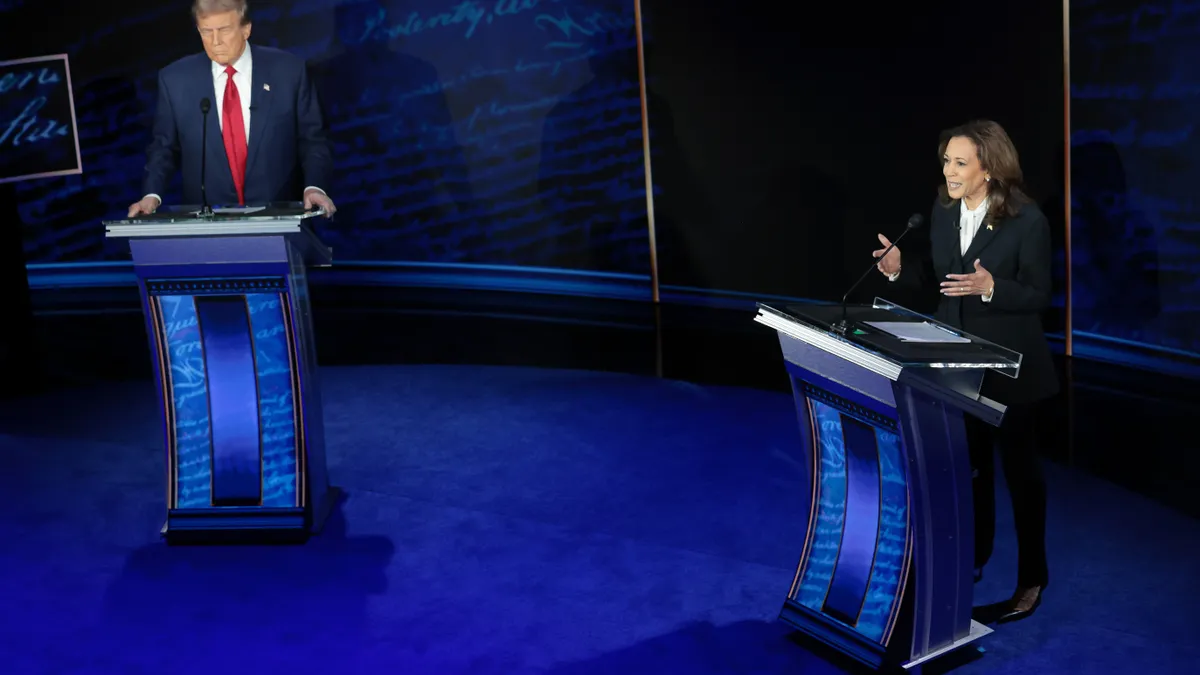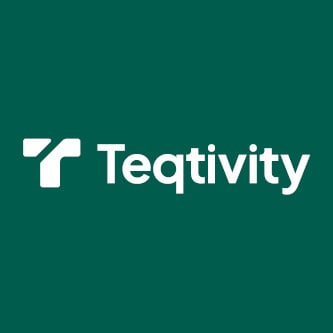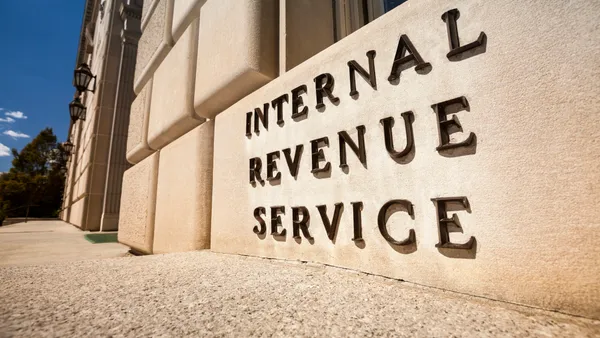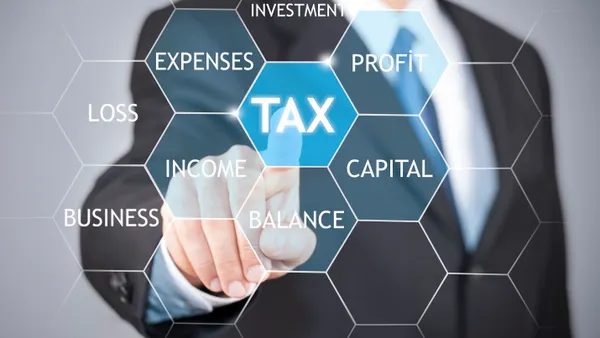Dive Brief:
- Planning for potential corporate tax changes is among the top risk mitigation measures that finance leaders said they are taking to prepare for the presidential election in November, with over half (62%) of the respondents reporting a sharper focus on tax planning, according to a U.S. Bank survey of about 1,000 U.S. finance leaders in July and August.
- “Both candidates have expressed a desire to change taxes in different directions and… it’s clearly got companies thinking about how they would position things in either scenario,” Stephen Philipson, head of wealth, corporate, commercial and institutional banking at the Minneapolis, Minnesota-based U.S. Bank said in an interview.
- Former President Donald Trump, the Republican nominee who already drove the corporate tax rate down to the current 21% from 35% when he was in office, has talked about pushing it to as low as 15% while Vice President Kamala Harris, the Democratic nominee, would raise it to 28% and has proposed to raise it as high as 35%, according to the Tax Foundation, a Washington D.C. think tank.
Dive Insght:
Companies also say that their interest in both interest rate hedging and FX hedging has increased by 60%, according to the study. U.S. Bank said it received most of the responses after it was clear Vice President Kamala Harris would replace President Joe Biden as the Democratic Party’s nominee.
Philipson said he was surprised that companies shared their concerns about possible election results, particularly on the issue of taxes.
“Typically when you ask clients you’ll get a canned answer around political events, they’ll say that it doesn’t affect their approach,” he said. “But clearly they’re preparing for both scenarios.”
It was less surprising that companies reported their hedging activities, as that is something that U.S. Bank has noted all year, he said. That’s also likely affected by the uncertainty around rates and how the cuts currently expected from the Federal Reserve will play out this year.
Early this year CFOs and treasurers were already increasing their hedging against interest rate risk, shifts in foreign exchange and volatility in commodity prices, CFO Dive reported in April.
A previous U.S. Bank survey of CFOs conducted in January and February found companies were taking those steps to offset geopolitical risks stemming from the conflict in the Middle East in the wake of the Oct. 7 attack on Israel as well as the war in Ukraine.
Separately, the latest study released Wednesday also found that the largest share of companies said their appetite for major capex projects had decreased 42% compared to 33% that aren’t reporting any change and 25% who said it would increase. Likewise corporate interest in debt issuance fell 41%, with 34% reporting it stayed the same and 25% reporting an increase.
However, so far year to date, companies have been hungry for debt as rates and spreads have been relatively attractive, Philipson said. Investment grade bond yields are now averaging around 4.74%, above the recent low of 1.74% hit on Dec. 31 2020 before rates began their climb, but below the 6.43% peak hit on Oct. 19 of last year, he said.
There’s been a “pull-forward” of issuance as companies have sought to both take advantage of those lower rates and avoid volatility around the election, he said. Despite the survey’s findings, he said it’s unclear when the rush for credit will end.
“It’s been a topic all year in terms of when it’s going to stop,” he said.














